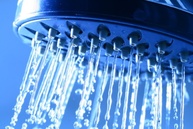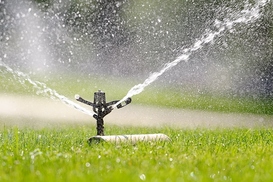|
Water-Saving Tips. For approximately $10-$20, the average homeowner can install two low-flow shower heads, install low-flow aerators on faucets and repair dripping faucets and leaking toilets. This could save 10,000-25,000 gallons per year for a family of four, and would pay for itself in less than a year! Even more could be saved if responsible outdoor water conservation is practiced for the lawn and garden.
Here are some great water-saving tips to help you conserve water and lower your water bill: |
In the Bathroom
|
Outdoors
|
In the Kitchen
In the Laundry
|
For Appliances and Plumbing
|

